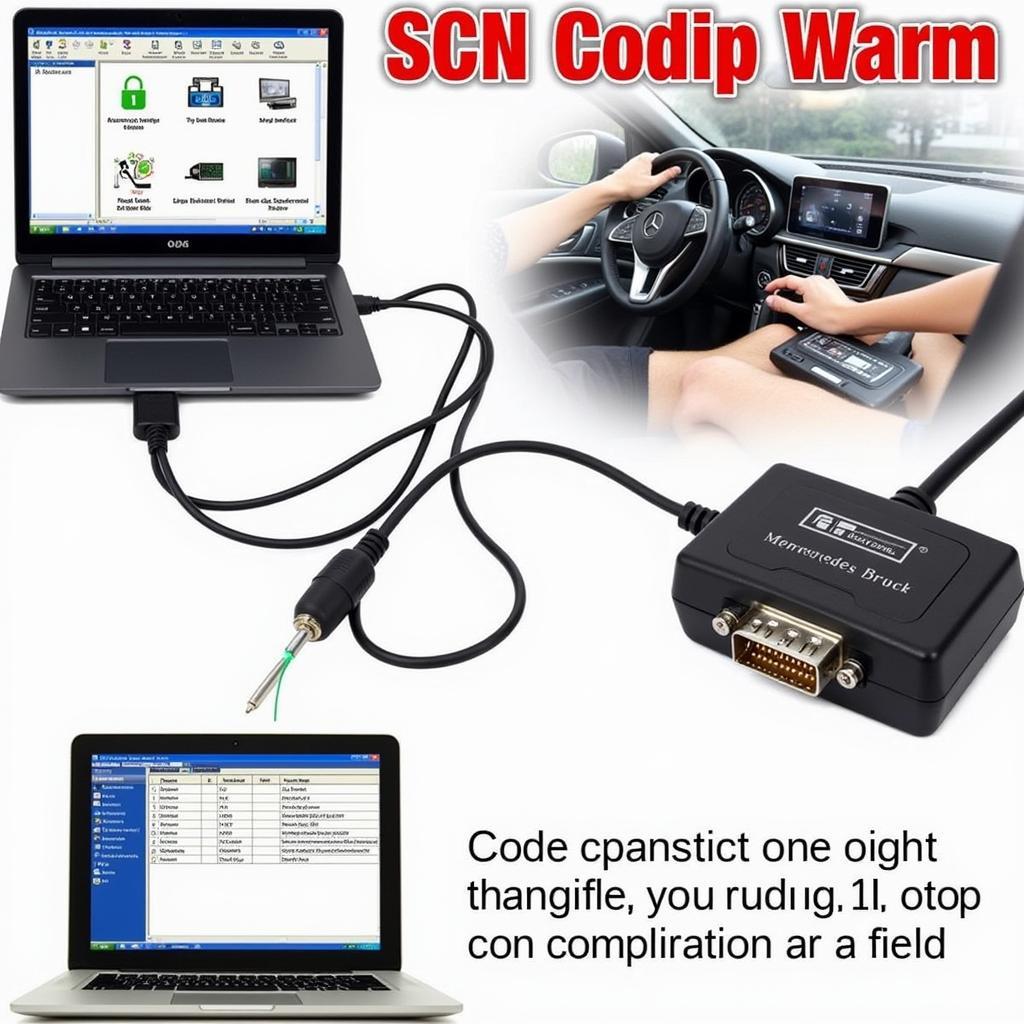Understanding how many sheets you can scan under 10 MB is crucial for efficient document management, especially when dealing with email attachments or online storage limitations. Several factors influence this number, including file format, scanning resolution, and the content of the documents themselves.
Factors Affecting Scan Size and How Many Sheets Fit Under 10MB
The magic number of “sheets per scan under 10MB” isn’t fixed. It’s a dynamic figure influenced by a combination of elements. Let’s break down the key players:
File Format: The Foundation of Your Scan
The file format you choose significantly impacts file size. Common formats include PDF, JPEG, TIFF, and PNG. Each has its pros and cons regarding size and quality.
- PDF: Generally the most compact format for text-heavy documents, making it ideal for multi-page scans under the 10MB threshold.
- JPEG: Best suited for image-based documents or those containing photographs. JPEG uses compression, which reduces file size but can compromise quality at higher compression levels.
- TIFF: Known for its high quality and lossless compression, but often results in larger file sizes than PDF or JPEG. Use TIFF when image integrity is paramount.
- PNG: Similar to TIFF in its lossless compression, PNG is often preferred for graphics and images with sharp lines and text. However, it generally produces larger files than JPEG.
Resolution: A Balancing Act Between Quality and Size
Resolution, measured in dots per inch (DPI), directly affects file size. Higher DPI means more detail and larger files. Lower DPI results in smaller files but can compromise image clarity.
- 300 DPI: Suitable for most text documents and general scanning purposes. It provides a good balance between quality and file size.
- 600 DPI: Necessary for documents requiring high detail, such as photographs or artwork. Expect significantly larger file sizes.
- 1200 DPI: Used for archival purposes or when extremely fine detail is required. File sizes will be substantial.
Document Content: The X-Factor
The content of your document plays a significant role in file size. Image-heavy documents will naturally be larger than text-only documents, even at the same DPI and file format.
- Text-heavy documents: Generally result in smaller file sizes, allowing for more sheets per scan under the 10MB limit.
- Image-heavy documents: Lead to larger file sizes, reducing the number of sheets you can include in a single scan under 10MB.
How Many Sheets Can I Typically Scan Under 10 MB?
While there’s no one-size-fits-all answer, here’s a general guideline:
- Text-heavy documents (PDF, 300 DPI): You can typically scan 20-30 pages within the 10MB limit.
- Mixed content documents (PDF, 300 DPI): Expect around 10-20 pages under 10MB.
- Image-heavy documents (JPEG, 300 DPI): You might only fit 5-10 pages within the 10MB constraint.
Optimizing Your Scans for Smaller File Sizes
Need to squeeze more pages into that 10MB limit? Here are some strategies:
- Choose the right file format: Opt for PDF for text-based documents and JPEG for image-based documents.
- Adjust the resolution: Reduce the DPI to 300 or even lower if image clarity isn’t critical.
- Use compression: Utilize compression settings within your scanning software to minimize file size.
- Scan in black and white: If color isn’t essential, scanning in black and white significantly reduces file size.
“Understanding your scanning needs and optimizing your settings are crucial for managing file sizes effectively,” says John Davis, Senior Automotive Diagnostic Technician at CARDIAGTECH. “With the right approach, you can ensure efficient document sharing and storage.”
How Many Sheets per Scanned Under 10 MB: Achieving the Right Balance
Ultimately, the number of sheets you can scan under 10MB is a balancing act between file size and quality. By understanding the factors influencing file size and employing optimization strategies, you can effectively manage your digital documents.
“Don’t be afraid to experiment with different settings to find the sweet spot for your specific needs,” advises Maria Sanchez, Lead Software Engineer at CARDIAGTECH. “A little tweaking can go a long way in optimizing your scans.”
In conclusion, while “how many sheets per scanned under 10 MB” doesn’t have a single answer, understanding the interplay of file format, resolution, and content allows you to control and optimize your scan sizes effectively. By implementing the strategies outlined above, you can achieve the right balance between quality and file size for your document management needs.
FAQ
- What is the best file format for scanning text documents? PDF is generally the most compact and widely compatible format.
- How does DPI affect file size? Higher DPI means larger file size.
- Can I reduce the file size of a scanned document after scanning? Yes, you can use various tools to compress or optimize the file.
- What is the ideal DPI for general scanning purposes? 300 DPI is a good balance between quality and file size.
- Is it better to scan in color or black and white for smaller file sizes? Black and white scans are significantly smaller.
- What are some common scanning software options? There are many options, both free and paid, such as Adobe Acrobat, VueScan, and NAPS2.
- How can I send large scanned files if they exceed the 10MB limit? Consider using cloud storage services like Google Drive or Dropbox to share links to the files.
Need assistance with your automotive diagnostics, programming, or remote software installation? Contact us via Whatsapp: +1 (641) 206-8880, Email: CARDIAGTECH[email protected] or visit us at 276 Reock St, City of Orange, NJ 07050, United States. We offer 24/7 customer support. We also offer other services related to vehicle diagnostics and remote troubleshooting. Explore more articles on our website for helpful tips and insights.


